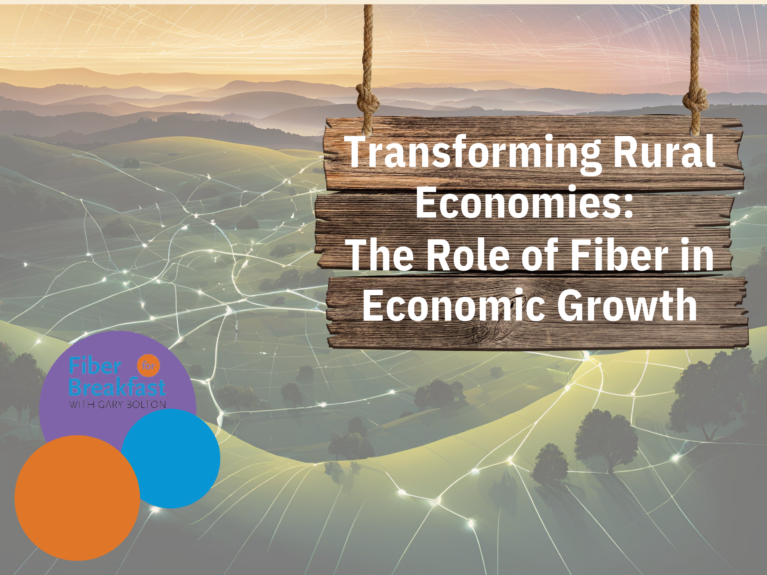Cable’s Continuing Shift to Fiber
Cable’s Continuing Shift to Fiber
With net broadband subscribers down year after year due to fixed wireless and new fiber projects, cable providers now face substantial competition and need to reevaluate their upgrade strategies. The capital expense expenditures to support DOCSIS 3.1 and 4.0 rollouts are difficult to justify if there’s insufficient growth and a slim return on investment anticipated.
“It’s really tough being a cable operator in the North American market right now, especially if you’re a Tier One and facing increased competition,” said Jeff Heynen, Vice President, Broadband Access and Home Networking, Dell’Oro Group. “If you follow the reported numbers in the financial statements, you’re seeing the largest operators reporting net broadband subscriber declines or the lack of additions, and a lot of that is due to significant fixed wireless access competition at the moment, but certainly also coming from the increase in footprint and expansion from fiber overbuilders.”
Other factors hitting cable operators from adding new subscribers include a slow housing market, fewer people moving around and flipping providers in the process, and the end of the Affordable Connectivity Plan (ACP). It’s not all bad news since fixed wireless access subscriber growth is peaking on a quarterly basis, housing market starts are slowly increasing, broadband average revenue per user (ARPU) continues to grow yearly, and cable operators are likely to be among the winners for BEAD funding, providing resources for out-of-market expansion projects.
However, cable providers are faced with diverting choices to upgrade their existing plant. They may choose to move from DOCSIS 3.1 to “DOCSIS 3.1+” as the easiest way to preserve their investment in traditional cable tech, while smaller operators see DOCSIS 3.1 as a temporary stop before migrating to fiber.
“The Tier 2s and Tier T3s, those that aren’t part of that largest group of Tier 1 cable operators, DOCSIS 3.1+ buys them time,” said Heynen. “It doesn’t buy them time to get to DOCSIS 4.0 necessarily. It gets them time to start overbuilding and, of course, doing greenfield buildouts with fiber. We continue to hear and talk to more and more cable operators for whom this is the path forward for them. DOCSIS 4.0 is an unlikely scenario for them. They are looking to build out their fiber networks to remain competitive in the long term. They see new entrants coming into their markets and so they have to protect those markets and they believe that fiber for them is the way to do that.”
Smaller cable providers will not have access to DOCSIS 4.0 hardware, noted Heynen, with priority going to larger deployments that Charter, Comcast, and Cox have committed to, with labor being another issue that smaller providers will have to reckon with. Fiber provides a clear-cut upgrade path accessible today and future-proofed for tomorrow for cable operators that is competitive with existing and future fiber providers in the market.
To learn more about fiber’s competitive edge for cable operators, tune into the latest Fiber For Breakfast podcast.
###




